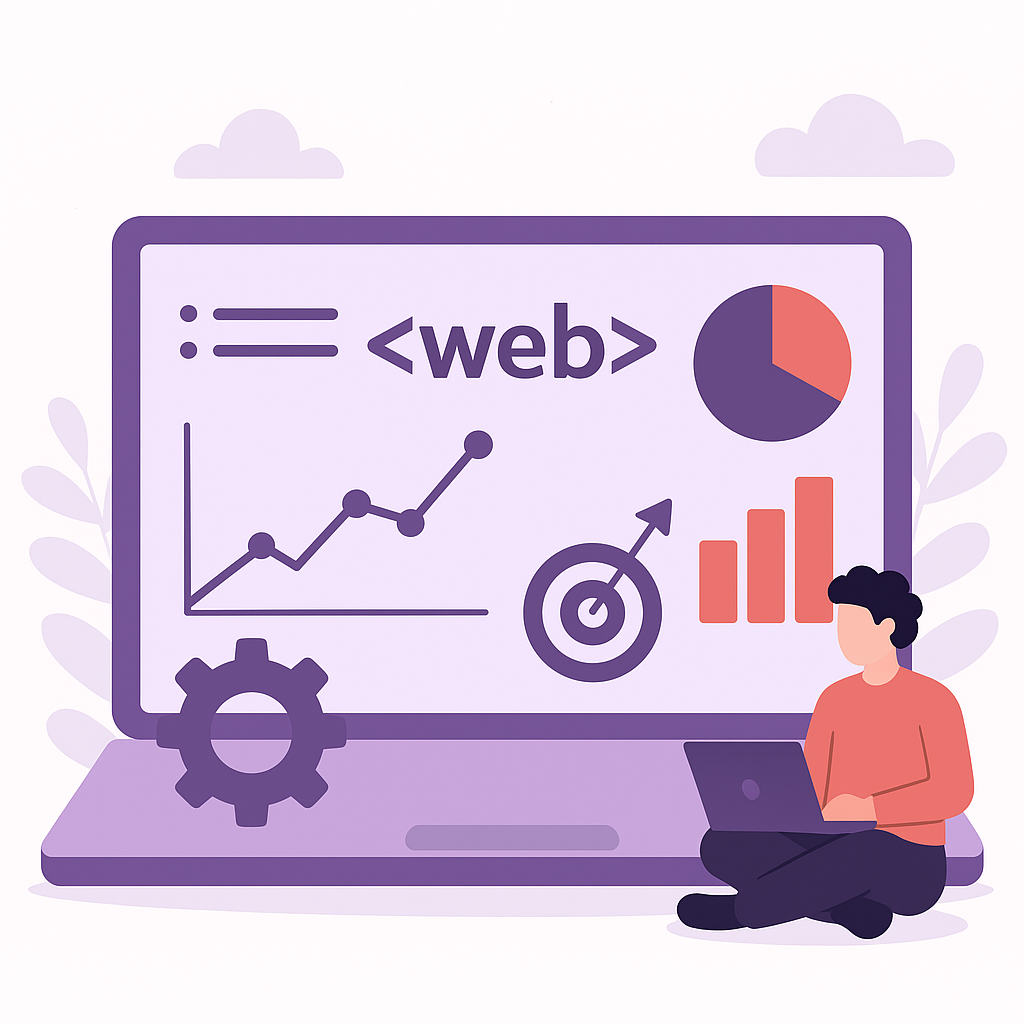Web development is evolving at lightning speed. What was cutting-edge a year ago might already be considered outdated today. As we move through 2025, staying ahead of the curve is essential for developers, businesses, and digital strategists. Here’s a look at the latest web development trends reshaping the internet.
1. AI-Powered Development
AI isn’t just changing how apps function — it’s changing how they’re built. Tools like GitHub Copilot and AI code assistants help developers write cleaner code faster. AI is also enabling personalized user experiences, intelligent chatbots, and advanced site search features.
Trend to watch: AI-generated websites and UX personalization based on user behavior.
2. Serverless Architecture
Say goodbye to managing infrastructure. Serverless computing allows developers to build and deploy applications without worrying about servers, scaling, or maintenance. Services like AWS Lambda, Google Cloud Functions, and Azure Functions are leading this shift.
Why it matters: Lower costs, improved scalability, and faster deployments.
3. Progressive Web Apps (PWAs)
PWAs offer the best of both web and mobile apps — fast, offline-capable, and installable without an app store. Major players like Twitter, Starbucks, and Pinterest already leverage PWAs to improve user engagement.
2025 trend: PWAs will become the standard for cross-platform web apps, especially for startups and eCommerce.
4. Web3 and Decentralized Apps (dApps)
Blockchain technology continues to infiltrate web development through Web3. Developers are building decentralized applications that offer greater security, transparency, and user control.
Real-world use: NFT platforms, decentralized finance (DeFi), and community-driven social networks.
5. Low-Code and No-Code Platforms
Not everyone is a developer — and that’s okay. Tools like Webflow, Bubble, and Wix Studio are empowering non-coders to create sophisticated websites and web apps.
Implication: Faster prototyping, democratized development, and rapid MVP launches.
6. Motion UI and Microinteractions
Users expect smooth, engaging experiences. Motion UI and microinteractions bring websites to life with animations that guide, delight, and inform.
Think: Button hovers, scroll-triggered animations, loading spinners, and fluid transitions.
7. Edge Computing and CDN-First Deployments
Performance and speed are crucial. Edge computing pushes data processing closer to users via CDN nodes (e.g., Cloudflare Workers, Vercel, Netlify), reducing latency and improving performance.
Bonus: Enhanced privacy and compliance by processing data regionally.
8. Accessibility-First Design
As web regulations and inclusivity standards rise, accessibility is no longer optional. Modern development focuses on semantic HTML, ARIA roles, keyboard navigation, and contrast compliance from the start.
2025 mindset: Accessibility is baked in — not bolted on.
9. Dark Mode and Custom Themes
Dark mode has gone from novelty to necessity. Modern frameworks and CSS custom properties allow for easily switchable themes, enhancing UX and personalization.
Pro tip: Use prefers-color-scheme to detect the user’s system settings automatically.
10. JAMstack Evolution
JAMstack (JavaScript, APIs, Markup) continues to gain traction with the help of frameworks like Next.js, Nuxt, and Astro. These static-first sites are blazing fast, secure, and easy to scale.
2025 edge: SSR, ISR, and hybrid rendering models are maturing, allowing for dynamic content without compromising speed.
Final Thoughts
Web development is in a golden age of innovation. Whether you’re a solo freelancer or part of a large team, staying updated with the latest trends is crucial for building future-proof websites.
At Techversy, we’re committed to tracking these changes and helping you stay at the forefront of web innovation. Subscribe to stay informed — because the future of the web is happening now.

